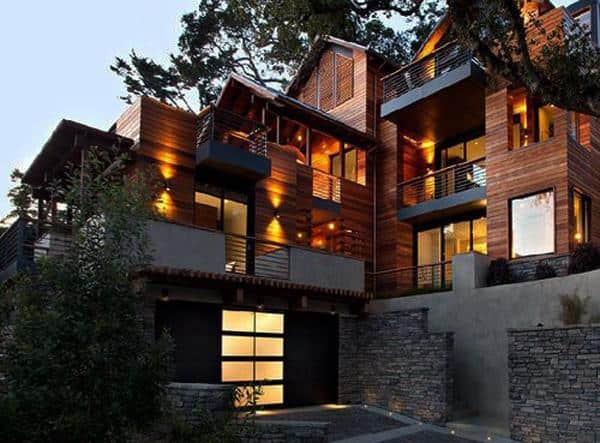The value of lighting as a part of architectural design is often underestimated but in reality, it is of utmost importance. The lighting draws attention to textures, colors, and the space as a whole thus inevitably adding value to your home.
Lighting effects our mood and enables us to appreciate the true essence of a space. So what is the link between your home lighting selection and architectural design? Read on to find out.

The Feel of Light
Lighting in the exterior region of your home is just as important as the lighting in the interior areas of your home. The idea behind exterior lighting is to provide sufficient lighting that draws people towards the home and invites them in.
Interior lighting, aside from being architecturally pleasing, must also be comforting for people living inside the house. When planning a home one should consider the amount of natural light that comes into the home as well as where certain light fittings will look ideal.
It works well when the bedroom is more subtly lit and natural lighting makes its appearance through the windows creating the ideal visual experience. From the perspective of an interior designer, it’s better to light a room based on how the space would make the occupants feel with “atmosphere” being an architectural component.
A well-lit kitchen is the ultimate goal based on the idea that food needs to be seen to be adequately prepared. The dining area on the other hand should be dimly lit so as to create the perfect ambiance for fine dining. That’s where the idea of “mood lighting” at restaurants comes from.
Light has the ability to strike up certain emotions within you and needs to be planned wisely. Accent lighting for instance is a type of lighting that is noted for arousing people’s emotions.
Seeing Light
When taking a decision to enhance the appearance of your home through the addition of lighting only, bear in mind that you ought to consider if the light fittings and the type of light chosen should be aesthetically pleasing and appealing to the eye.
Aside from this, light must be fully functional and serve the purpose that it was made for. Your lighting plan should be carefully considered so as to be highly efficient.
Architects try to tell visual stories using light placements. In this vein, task lights can be used to accentuate focal areas within the home. This allows you to focus on certain areas upon which the task lights shine and these areas are an important architectural aspect.
Guest bedrooms within the home can utilize ambient lighting so the entire bedroom gains sufficient light and makes your guests feel warm and welcomed.
Hearing Light
Light can speak volumes if used in connection with other architectural elements. Reflective surfaces such as floors, ceilings or walls is an architectural feature on its own.
Having reflective light bouncing off a wall to the floor can create a dimensional appearance and set a futuristic tone, especially in an area like a hallway. This is a technique that interior decorators use to create the visual illusion of space.
Smelling a Lighting Need
Skylights are the best lighting feature to incorporate if you want to ensure that a room well lit by natural lights does not become overwhelmingly bright. Well-lit rooms will be aesthetically attractive should the focus be on the natural lights.
You can change the angles of the skylights in such a way that they collaborate in an aesthetically pleasing way with the natural sunlight. By using different types of light fixtures and techniques, you’ll be creating your own unique style which is the point of interior design.
Touch of Light
When adding hints of light into your space, always remember to choose a type of light fixture that works well with your wall colors, furniture selection, and room size. Dark rooms create the feeling of being smaller and more intimate, so a bright light would be an essential addition to this room.
Now that you’re aware of the role lighting plays in architecture, be sure to study the lighting used in architecturally created spaces like offices, museums, and hotels. Feel free to indulge in a lighting sensation that creates a space that is not only aesthetically pleasing but charming and welcoming.














